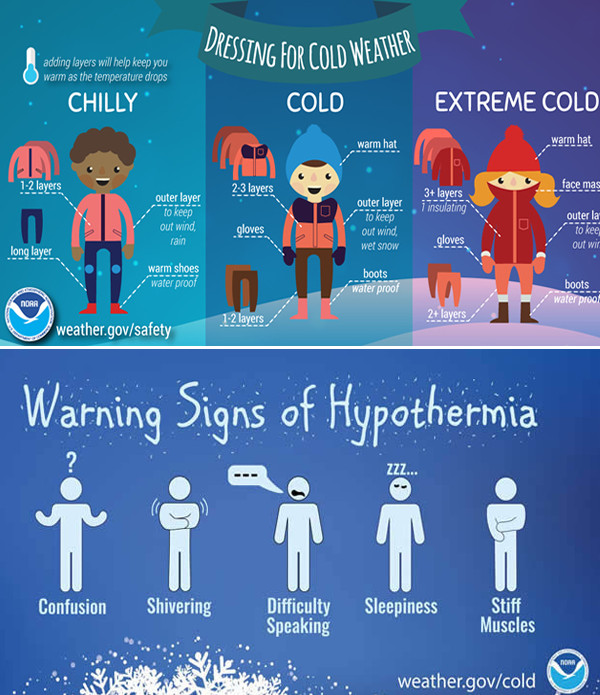Heated Window: An Essential Guide to Winter Safety
List of Pertinent Information about Heated Windows:
- Heated glass is created by applying a transparent, electrically conductive coating to float glass and subjecting it to an electric current.
- Tin dioxide coating is applied to the glass, and two parallel busbars are applied to opposing edges of the glass to generate heat.
- Heated glass can reach temperatures up to 350 degrees Fahrenheit.
- It has been used in architectural applications for 30 years to prevent condensation and provide radiant heat.
- Heated glass was first used in World War II to prevent frost on naval ships and aircraft windshields.
- Some claim that heated glass is more efficient than other heating systems.
- Critics argue that heated glass may decrease energy efficiency due to the use of larger windows.
- Heated glass is commonly used for melting snow on glass roofs and as a heat source inside buildings.
- It is used in supermarket freezer doors to prevent frost formation.
- Heated glass shelves are used in display cases in convenience stores and delis to keep cooked food items warm.
- Radiant heating glass is used to prevent condensation in hot and humid conditions.
- Heating elements are typically installed on the exterior of glass in hot and humid climates, but can also be used on the interior in buildings such as swimming pools and spas.


